THE MALTESE FALCON
The Maltese Falcon is a classic film noir directed by John Huston in 1941. It is based on the novel of the same name by Dashiell Hammett and stars Humphrey Bogart as private detective Sam Spade. The film tells the story of Spade’s involvement in a complex plot involving the search for a priceless statue, the Maltese Falcon, and the various characters who are willing to do whatever it takes to possess it.
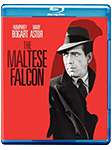
Director: John Huston
Year: 1941
Stars: Humphrey Bogart, Mary Astor, Gladys George, Peter Lorre
Awards: Nominated for 3 Oscars
PLOT
The film opens with a beautiful and mysterious woman named Brigid O’Shaughnessy (played by Mary Astor) entering Spade’s office and asking for his help. She claims to be in danger and offers him money to protect her. Spade is initially skeptical but is drawn into the case when his partner, Miles Archer (played by Jerome Cowan), is murdered while investigating O’Shaughnessy’s story.

As Spade delves deeper into the case, he becomes embroiled in a web of deceit and betrayal. He discovers that O’Shaughnessy is not who she appears to be and that she is involved in a plot to obtain the Maltese Falcon, a valuable statue that has been missing for centuries. The statue is believed to be in the possession of a wealthy and eccentric collector named Joel Cairo (played by Peter Lorre), who hires Spade to find it.
Spade also encounters the ruthless and violent Kasper Gutman (played by Sydney Greenstreet), who is also searching for the Falcon. Gutman is willing to go to any lengths to obtain the statue, including murder, and he enlists the help of O’Shaughnessy to manipulate Spade.
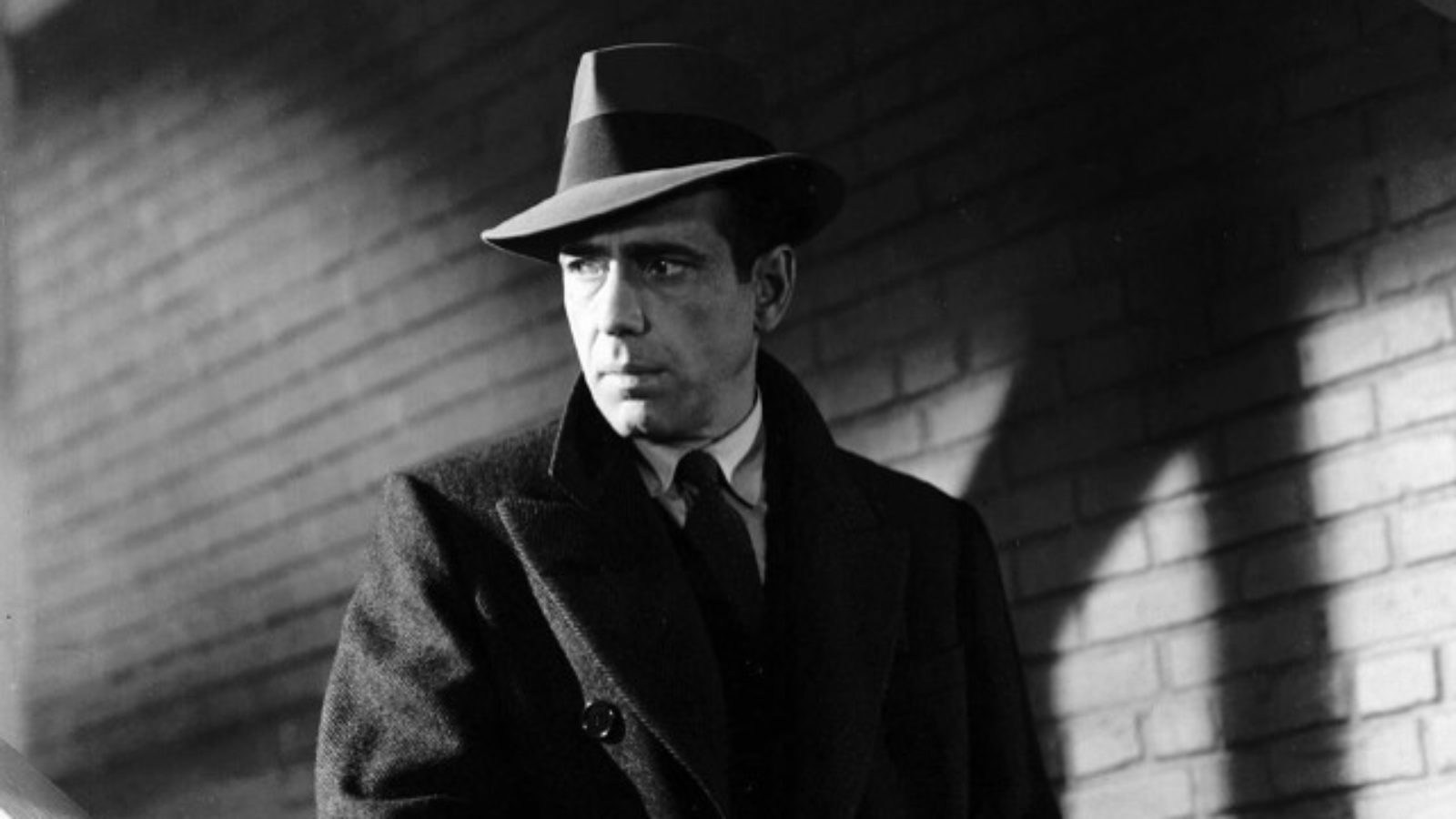
Throughout the film, Spade remains cool and collected, playing both sides against each other and keeping his true intentions hidden. He is a man of few words but when he speaks, his words are carefully chosen and often laced with wit and sarcasm. He is a complex character, with a code of ethics that is not always clear, but ultimately, he is determined to get to the bottom of the case and see justice served.
THEMES
The Maltese Falcon is a film that explores a number of complex themes, ranging from the corrupting influence of money and power to the ways in which our identities can be obscured by deceit and deception. In this analysis, we will take a deeper look at some of the key themes that are present in the film.
Greed and Corruption
One of the most prominent themes in “The Maltese Falcon” is the destructive power of greed and corruption. The characters in the film are all motivated by their desire for wealth and power, and they are willing to do whatever it takes to achieve their goals, even if it means betraying those closest to them.
For example, Brigid O’Shaughnessy is willing to manipulate and deceive Sam Spade in order to get her hands on the Maltese Falcon. Kasper Gutman is willing to kill anyone who stands in his way, including his own associates. These characters are consumed by their greed, and they are ultimately destroyed by it.
Deceit and Betrayal
Another central theme of the film is the idea of deceit and betrayal. The characters in the film are all hiding something, and their true intentions are often obscured by layers of lies and deception. Brigid O’Shaughnessy is perhaps the most notable example of this, as she repeatedly lies to Sam Spade about her involvement in the search for the Falcon.
At the same time, Spade himself is not immune to this theme. He is a man who is constantly hiding his true thoughts and motivations, even from those closest to him. In the end, it is revealed that he has been playing both sides of the Falcon game, and that he has been deceiving everyone around him.
Identity and Masculinity
The film also explores the themes of identity and masculinity. Sam Spade is the archetypal film noir detective, a tough, cool-headed individual who is always in control. He is a man of few words, but when he speaks, his words carry weight.
At the same time, Spade’s identity is somewhat fluid. He is a man who is constantly reinventing himself, taking on new roles and disguises in order to get what he wants. This is reflected in his relationships with the other characters in the film, as he is constantly shifting his loyalties and allegiances.
Justice and Redemption
Finally, the film explores the theme of justice and redemption. Sam Spade is a man who is driven by a sense of moral obligation, and he is determined to see justice served, even if it means putting himself in danger.
At the same time, Spade himself is not without sin. He has a shady past and has done things that he is not proud of. In the end, he is forced to confront the darker aspects of his own personality, and to make amends for his past mistakes.
HUMPHREY BOGART AS SAM SPADE
Humphrey Bogart’s performance as Sam Spade in “The Maltese Falcon” is widely regarded as one of his finest and most iconic roles. In the film, Bogart imbues Spade with a tough exterior and a quick wit, as well as a moral ambiguity that makes him a compelling and complex protagonist. Bogart’s portrayal of Spade established him as a leading man and helped cement his status as one of the greatest actors in Hollywood history.

Bogart’s performance in “The Maltese Falcon” was a departure from the suave and sophisticated characters he had played earlier in his career. Instead, he brought a grittier and more realistic approach to the role, capturing the tough and cynical essence of the hard-boiled detective genre. His performance set a new standard for tough-guy characters in Hollywood, and it paved the way for future film noirs and crime dramas.
Bogart’s work in “The Maltese Falcon” also established his on-screen partnership with first-time director John Huston, who would go on to direct Bogart in several other classic films, including “The Treasure of the Sierra Madre” and “Key Largo.” The chemistry between Bogart and Huston was a key factor in the success of these films, and it helped solidify Bogart’s status as a leading man and a Hollywood legend.
Overall, Humphrey Bogart’s performance in “The Maltese Falcon” was a career-defining moment that had a profound impact on both the actor and the film industry as a whole. It helped establish him as a Hollywood icon and a master of his craft, and it set a new standard for tough-guy characters in American cinema.
RECEPTION
The film was generally well received by audiences and critics when it was first released in 1941. It was praised for its taut and suspenseful plot, memorable characters, and stylish direction. Many critics also hailed Humphrey Bogart’s performance as Sam Spade as a career-defining role that helped establish him as one of Hollywood’s biggest stars.
However, the film was not an immediate box office success, and it was only after a few weeks of positive word-of-mouth that it began to gain momentum at the box office. The film ultimately went on to become a commercial success and one of the most beloved film noirs of all time.
In addition to its commercial success, The Maltese Falcon also received several Academy Award nominations, including Best Picture, Best Supporting Actor for Sydney Greenstreet, and Best Screenplay for John Huston. While the film did not win any Oscars, it cemented John Huston’s reputation as a talented writer and director, and it helped establish film noir as a distinct and influential genre in American cinema.
The film also had a significant impact on the film industry and on popular culture as a whole. The film’s success helped establish Humphrey Bogart as a leading man, and it paved the way for his future collaborations with director John Huston, including “The Treasure of the Sierra Madre” and “Key Largo.”
POPULAR CULTURE
The Maltese Falcon has had a significant impact on popular culture since its release in 1941. The film has been referenced and parodied in numerous movies, TV shows, and other forms of media over the years:
The Simpsons – In the episode “Who Shot Mr. Burns?” of the popular TV show, a parody of the film’s ending is used. In the episode, Mr. Burns is shot and a number of suspects are presented. The episode ends with a scene that mimics the final confrontation between Sam Spade and Brigid O’Shaughnessy in “The Maltese Falcon.”
Austin Powers: International Man of Mystery – The opening scene of this movie, in which Austin Powers is being chased by Dr. Evil’s henchmen, is a direct parody of the opening scene of “The Maltese Falcon.”
Pulp Fiction – In Quentin Tarantino’s iconic film, there is a brief reference to “The Maltese Falcon” when Vincent Vega (played by John Travolta) tells Mia Wallace (Uma Thurman) that he has a briefcase that he doesn’t know anything about, just like the characters in “The Maltese Falcon” don’t know what’s inside the Falcon.
The Big Lebowski – This movie features a number of references to “The Maltese Falcon,” including a scene in which the main character, The Dude (played by Jeff Bridges), watches the film on TV and comments on it.
Family Guy – In one episode of this animated TV show, the character Peter Griffin is shown watching a parody of “The Maltese Falcon” called “The Clam’s Casino,” in which he plays the Sam Spade character.
Chinatown – Roman Polanski’s 1974 film noir classic, “Chinatown,” is often compared to “The Maltese Falcon” due to its similar themes of greed, corruption, and deception. The film’s protagonist, played by Jack Nicholson, is also a private detective who becomes embroiled in a complex web of intrigue and danger.
The Thin Man – “The Thin Man” series of films, which were released in the 1930s and 1940s, were heavily influenced by “The Maltese Falcon.” Both films feature a wise-cracking detective, a femme fatale, and a complex web of intrigue and deceit.
Batman – In the 1992 film “Batman Returns,” the character of Catwoman (played by Michelle Pfeiffer) is shown watching “The Maltese Falcon” on TV, indicating that she is a fan of film noir.
Archer – The animated TV series “Archer” pays homage to “The Maltese Falcon” in its fifth season, which is titled “Archer Vice: The Rules of Extraction.” The season features a storyline in which the characters search for a valuable object, which is similar to the search for the Maltese Falcon in the film.
Fargo – In the third season of the TV series “Fargo,” the character of Gloria Burgle (played by Carrie Coon) is shown watching “The Maltese Falcon” on TV, indicating that the film still resonates with audiences today.
The Rockford Files – In the classic detective TV series “The Rockford Files,” James Garner’s character Jim Rockford is a big fan of “The Maltese Falcon.” In one episode, he even recreates the scene where Sam Spade confronts Brigid O’Shaughnessy in his office.
The X-Files – In the episode “Paper Hearts,” Mulder and Scully investigate a serial killer who may have been involved in the disappearance of Mulder’s sister. At one point, Mulder watches “The Maltese Falcon” on TV, which serves as a metaphor for his search for the truth.
Seinfeld – In one episode of “Seinfeld,” the character of Kramer (played by Michael Richards) becomes obsessed with finding a briefcase that he believes contains the “original” script of “The Maltese Falcon.” This leads to a series of comical misadventures.
The Sopranos – In the episode “Pax Soprana,” Tony Soprano (played by James Gandolfini) is shown watching “The Maltese Falcon” on TV. The film serves as a metaphor for Tony’s own struggles with power, greed, and betrayal.
Mad Men – In the season five premiere of “Mad Men,” the character of Don Draper (played by Jon Hamm) is shown watching “The Maltese Falcon” on TV. The film serves as a metaphor for Don’s own struggles with identity, deception, and the pursuit of success.
Explore more Film Noir
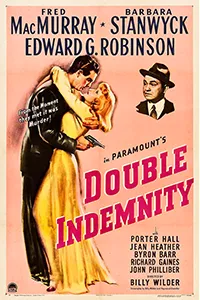
A gripping film noir about a seductive woman who convinces an insurance salesman to plot a murder.
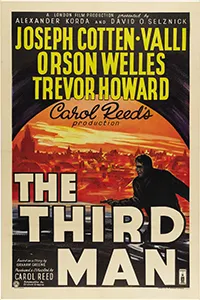
Classic film noir set in post-WWII Vienna, where a writer investigates the mysterious death of his friend.
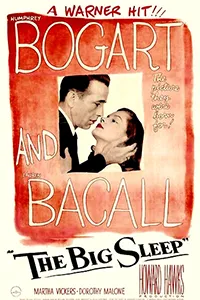
This classic film noir follows private detective Philip Marlowe as he investigates a complex case involving a wealthy family.